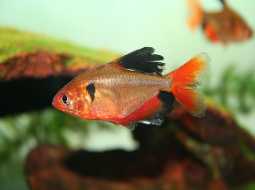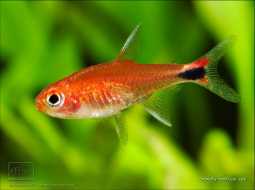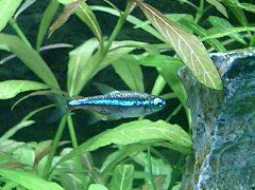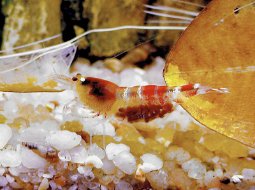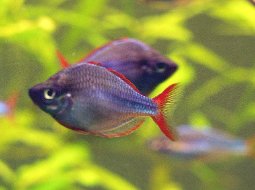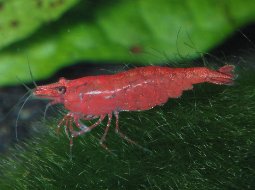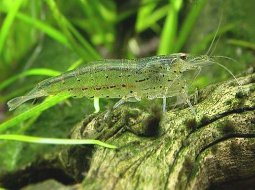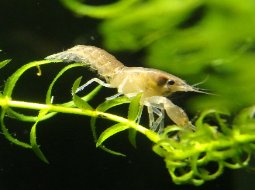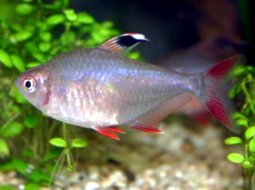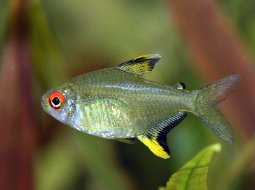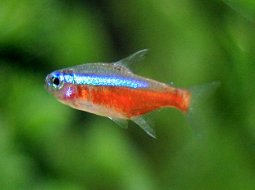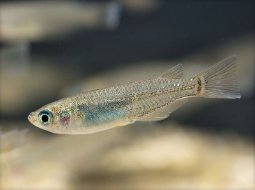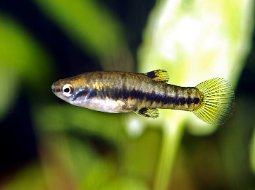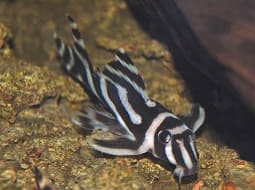
Loading Aqualapp ...
Care and Compatibility of Galaxy Plecostomus - Leporacanthicus sp L240
Introduction
The Galaxy Pleco (Leporacanthicus sp L240) is a species of catfish belonging to the Loricariidae family. It is known for its unique and attractive appearance, with a long and slender body and a coloration that varies from dark tones to light tones with spots and stripes. Its name Galaxy is due to the patterns and colors that resemble a galaxy in space. They are native to tropical regions of South America, especially in rivers and streams with clear and well-oxygenated waters. They are adapted to live in sandy and rocky bottoms, where they search for food and take shelter in caves or crevices. They are a fascinating addition to aquariums and can provide an exotic and appealing touch to any aquatic environment.
Behavior
The Galaxy Pleco (Leporacanthicus sp L240) is a calm and peaceful fish. It tends to be nocturnal and hides during the day in caves or among rocks. It is a slow swimmer and usually moves slowly through the aquarium. It is important to provide suitable hiding spots for it to feel safe and comfortable in its environment. It is a bottom-dwelling fish that spends most of its time searching for food and exploring its surroundings. It can coexist with other fish of similar size and peaceful nature, but it is advisable to avoid the company of more aggressive or territorial fish that may intimidate or harass it. Overall, the Galaxy Pleco is a peaceful species that is easy to keep in the aquarium.
Sexual Dimorphism
Sexual dimorphism in Leporacanthicus sp L240 is minimal and difficult to distinguish. Both males and females have a similar appearance. However, during the breeding season, males may exhibit more pronounced territorial behavior and develop larger odontodes.
Reproduction
Breeding the Galaxy Pleco can be challenging in the home aquarium. They are egg-laying fish, and successful reproduction requires specific conditions and careful care. To stimulate breeding, it is recommended to provide a conducive environment that includes suitable caves or hiding spots for egg deposition. Slightly higher water temperature should be maintained, and a varied and nutritious diet should be provided. Males often construct nests and attract females to deposit eggs, which are then fertilized by the male. The eggs hatch after a few days, and the fry should be carefully raised in a separate environment until they are large and robust enough to join the main aquarium.
Aquarium Conditions
Leporacanthicus sp L240 is a species of pleco that requires a large aquarium with décor including rocks, driftwood, and caves. It prefers well-oxygenated water and moderate temperature. It's important to provide them with soft substrate and hiding spots. Aggressive tank mates should be avoided.
Feeding
Regarding its feeding, the Galaxy Pleco is omnivorous and feeds on a variety of foods. In nature, it primarily feeds on algae, decaying plant matter, and small invertebrates. In the aquarium, a balanced diet can be offered, including commercial foods in the form of tablets or pellets specially designed for bottom-dwelling fish, as well as fresh vegetables like spinach, zucchini, or cucumber. It is also beneficial to provide them with some floating wood, such as driftwood, as they enjoy nibbling on it and it is considered part of their diet. It is important to avoid overfeeding and maintain a proper balance in their feeding.
Complexity
Caring for Leporacanthicus sp L240 can be moderately challenging. They are fish that need a diet rich in vegetables and proteins. Varied and high-quality feeding should be provided. They require efficient filtration and regular aquarium maintenance to maintain water quality.
In case you need more help, or if you want to know into any topic related to the Leporacanthicus sp L240 (Galaxy Plecostomus) and even any other species you can use the forums to ask what you need.
To do an analysis more detailed about coexistence and behavior of Leporacanthicus sp L240 (Galaxy Plecostomus) use the Aquarium simulation tool, if you do this you can test different ways to combine the Galaxy Plecostomus with other fishes giving the dimensions and space on you aquarium, on this way you can known the optimal configuration for keep the fishes that you want.
You can also find out the 130 species compatible with the Leporacanthicus sp L240 (Galaxy Plecostomus) can live together.
Note: The parameters of the water such as PH and temperature are also used to calculate the compatibility of the species.
Compatible species (130)
Compatible (65 Species)
Compatible without any restriction
Try to have hiding places at the bottom of the aquarium for bottom fish such as plecos.
Similar Sizes (8 Species)
They can coexist if they are the same size or very similar sizes, it does not work in all cases, there may be exceptions.
With Reservation (9 Species)
Compatible in some cases, it depends on the nature and personality of the fish.
Las especies territoriales por lo general pueden convivir con especies protegidas con coraza, ya que no pueden hacerles daño por su dura piel, lo que si hay que tener en cuenta es tener un acuario con dimensiones favorables para que cada pez pueda delimitar un territorio, ya que la mayoría de peces acorazados son también peces de fondo y les gusta estar buscando lugares donde ocultarse.
Showdown over territory (19 Species)
It can be territorial with fish that occupy the bottom part of the aquarium or due to food fights.
It can be territorial with fish that occupy the bottom of the aquarium or by food struggles.
Fish can live together as long as the space is spacious enough to delimit a territory, otherwise there may be aggressions for competing for the territory.
Territorial fish can usually live with fish protected with armor, since they cannot harm them because of their tough skin, what must be taken into account is to have an aquarium with favorable dimensions so that each fish can delimit a territory, since that most armored fish are also bottom fish and they like to be looking for places to hide.
Considerable size difference (28 Species)
They can coexist while they are similar in size or the size difference is not very abysmal, since as the fish grows it increases the chances of eating its partner that did not grow much.
Compatible if space is enough (1 Species)
They can coexist together if the aquarium they share is large and spacious enough for both species to feel good, as some fish may attack others to feel that they have little space and try to eliminate the competition.
Galaxy Plecostomus
Leporacanthicus sp L240
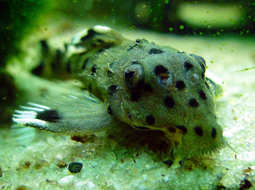
- Ph: 5.6 - 7.2
- Temperature (c°): 22 - 26
- Measures: 20 cm - 25cm
- Aquarium Capacity:
75 Liters - 20 Gallons - Alimentación: Herbivores
- Colores: Black, Gris
- Comportamiento: Likes to take refuge, Night, Peaceful, Semi Aggressive
- Habitad: American
- Morfología: Cuirass or Carapace, Thorns or pointed
- Preferencias del Acuario: Logs, Natural plants, Rocks
- Tamaño: Medium
- Taxonomía: Fish
- Tipo de Agua: Sweet water, Tropical waters
- Velocidad de nado o movimiento: Normal
- Zona de Nado: Aquarium background



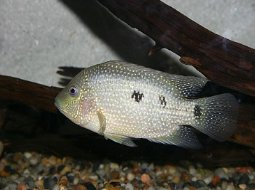
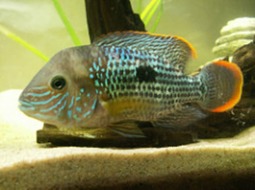


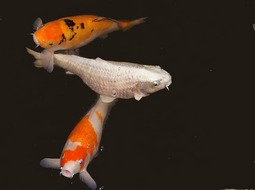


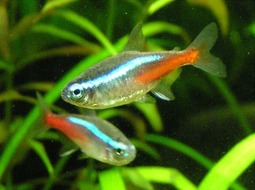
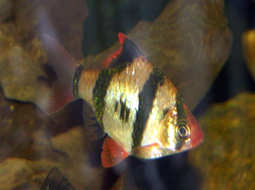
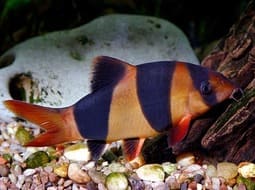
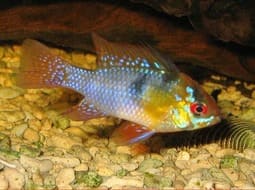
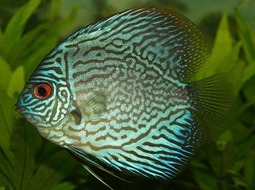
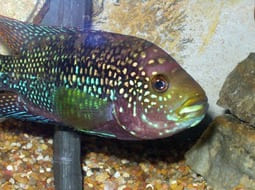
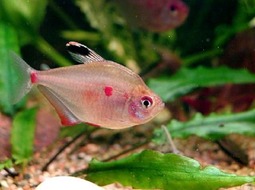
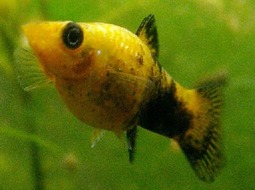
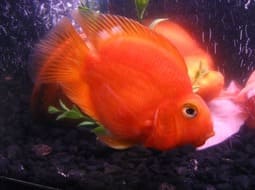
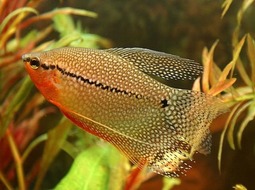

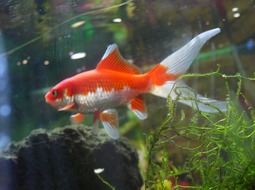


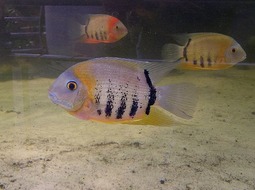
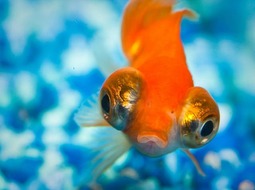
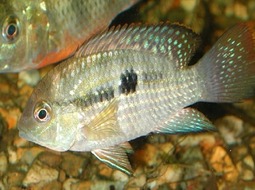




.jpg)
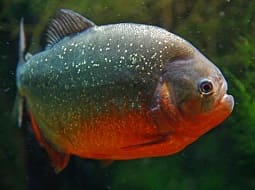
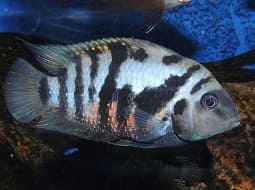





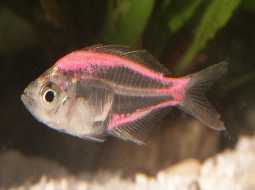
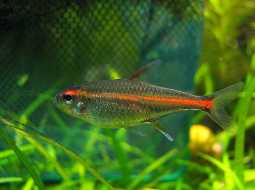


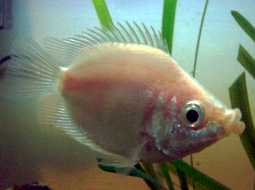
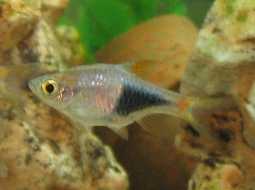
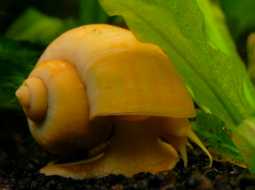
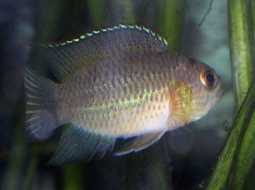
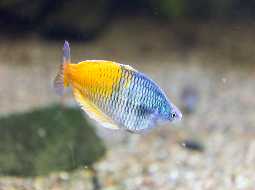
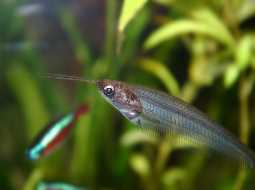
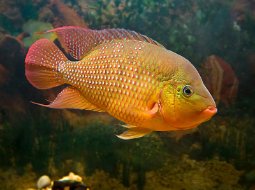
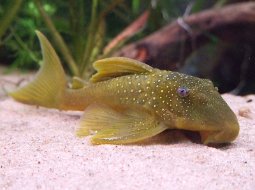
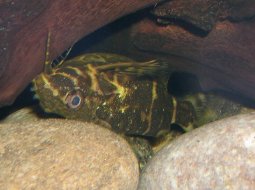
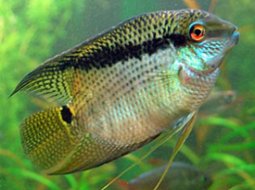


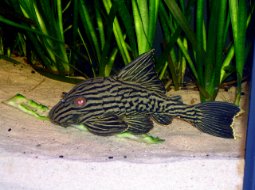

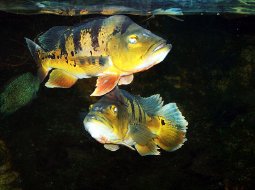

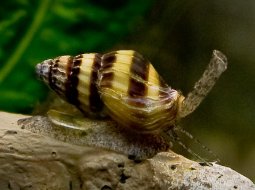

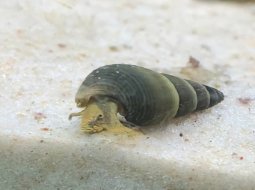
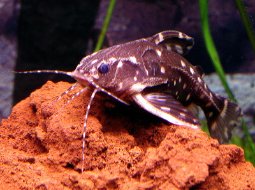
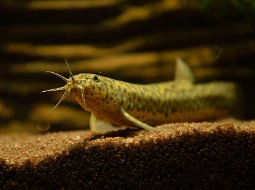

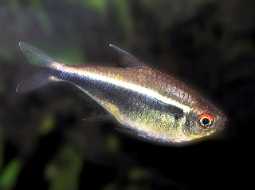
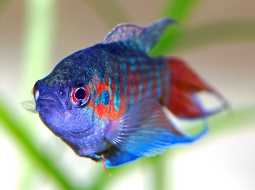
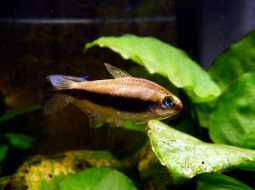



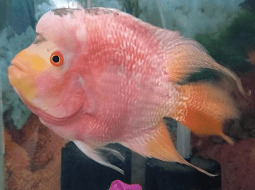

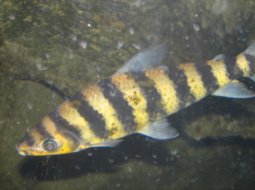
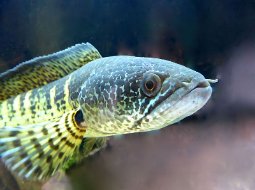

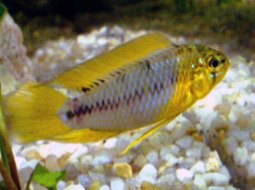
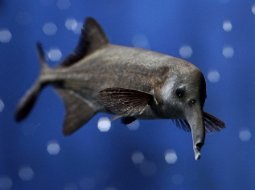
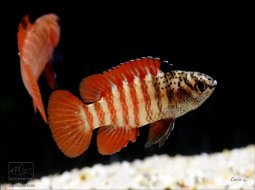

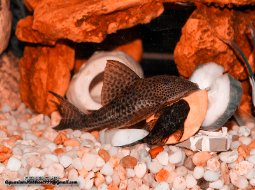
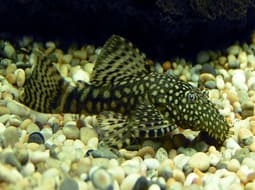
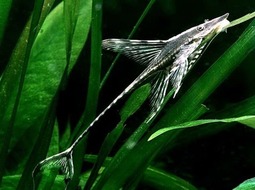
.jpg)

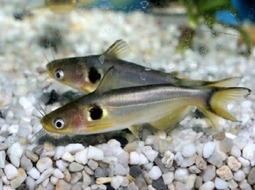
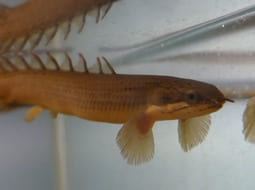


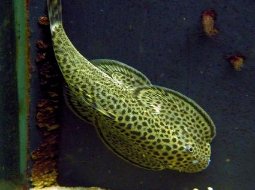
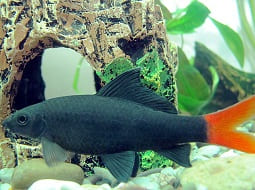

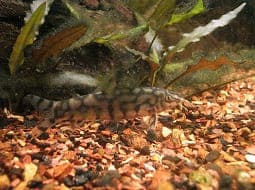
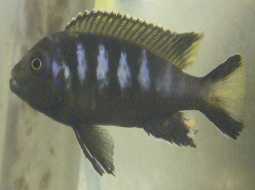
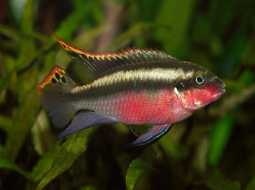
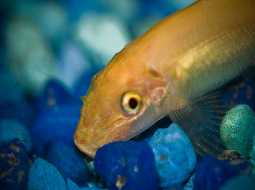
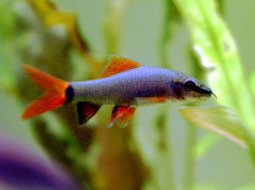


.jpg)
